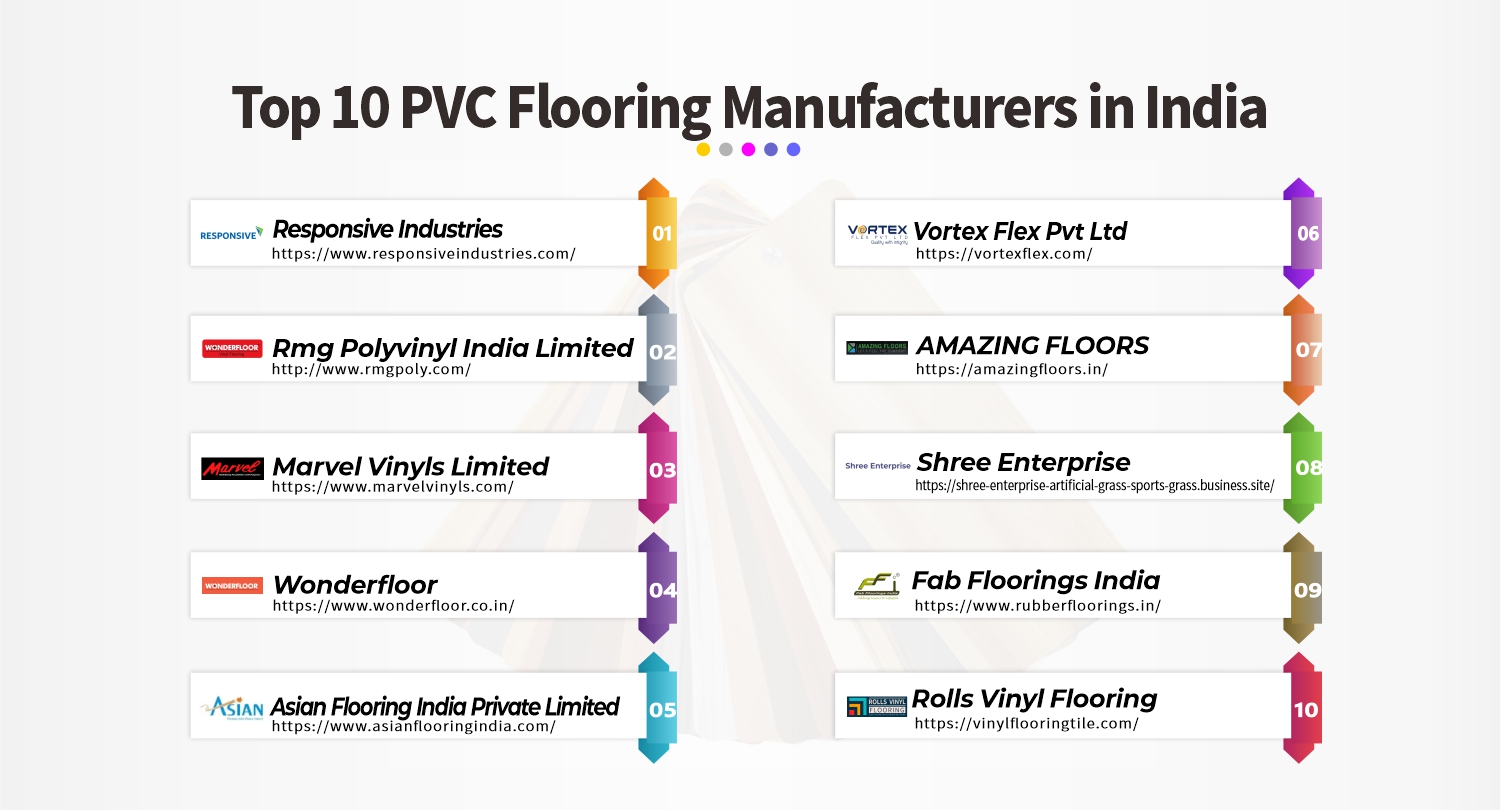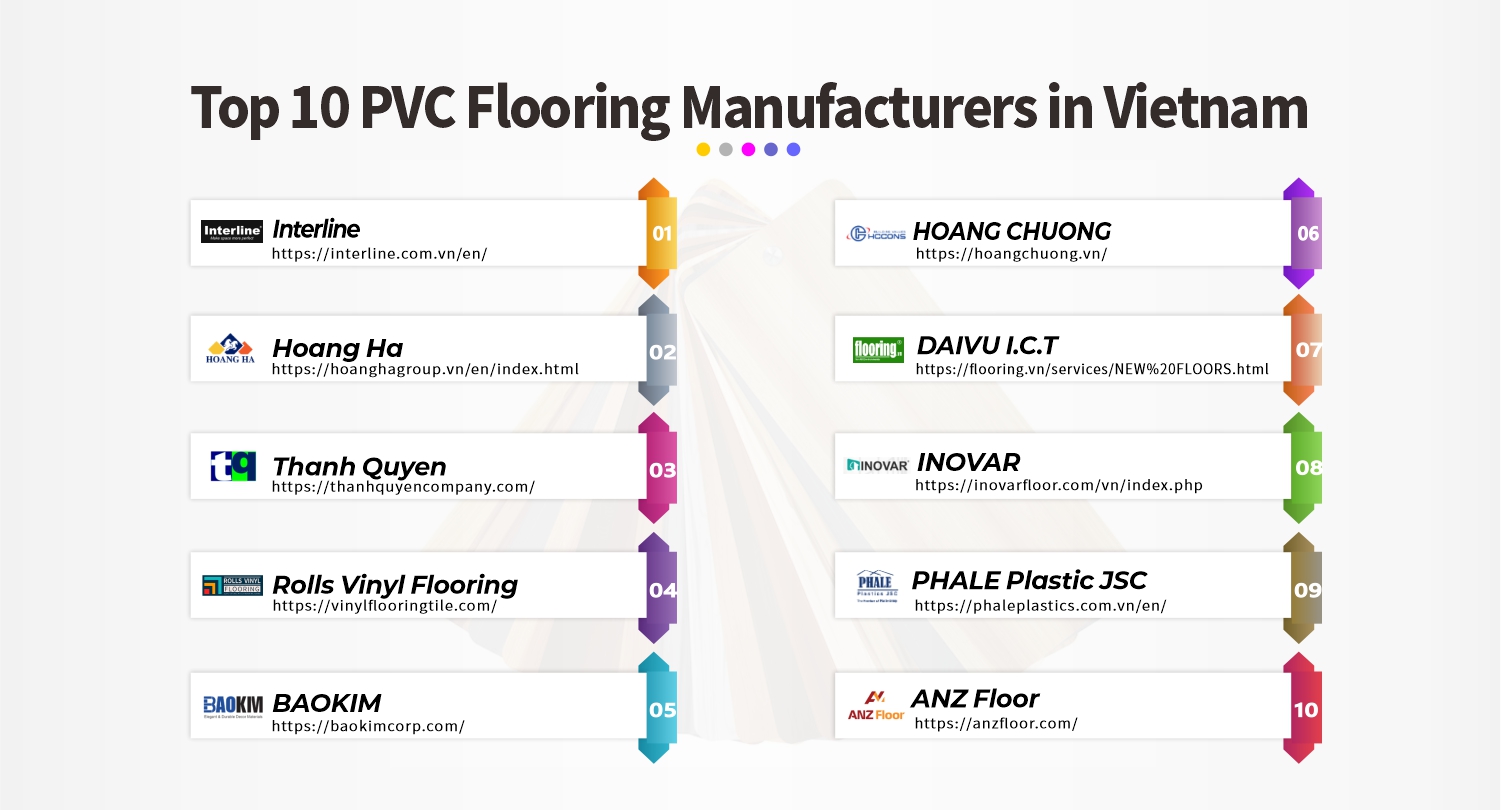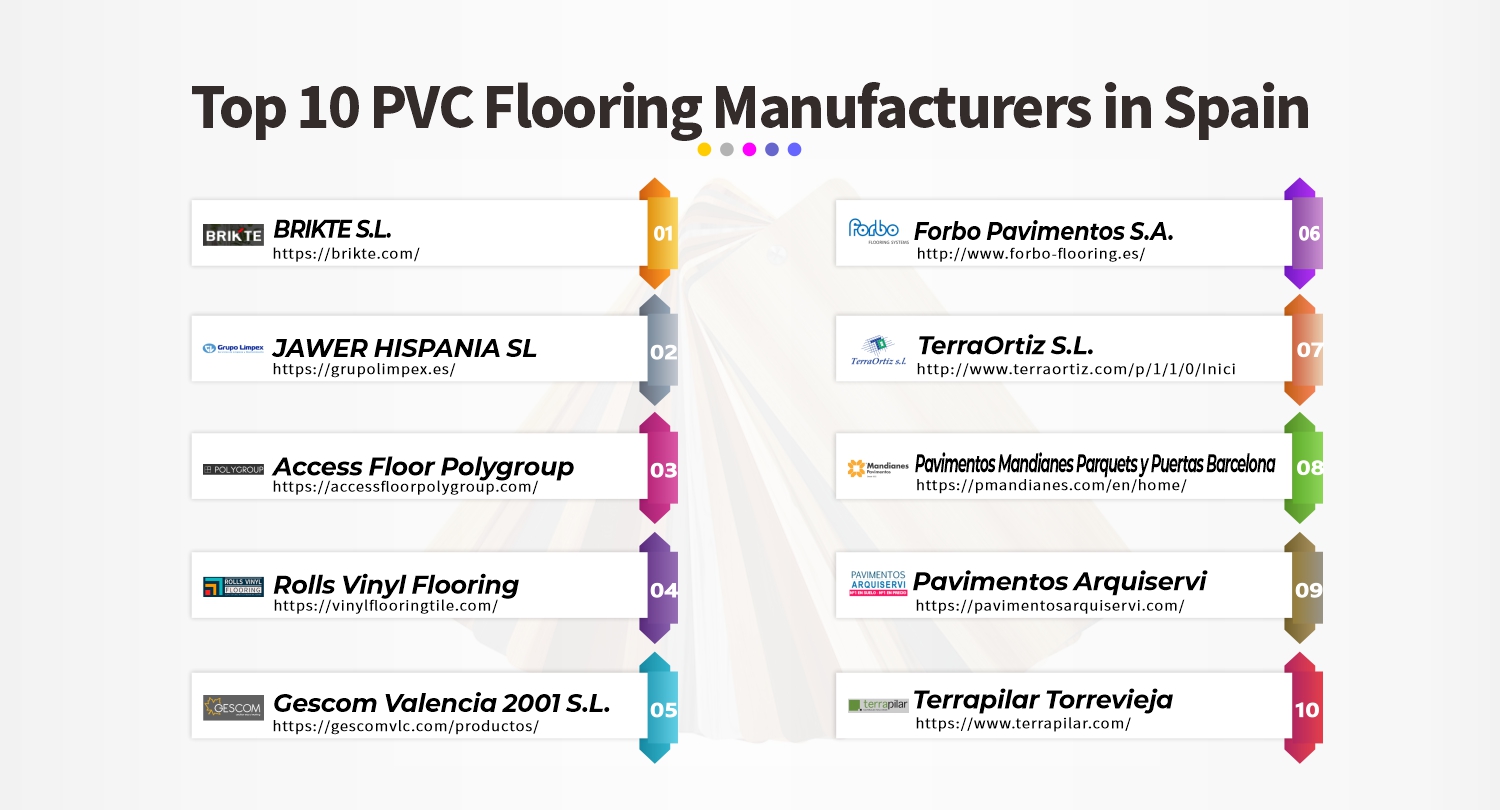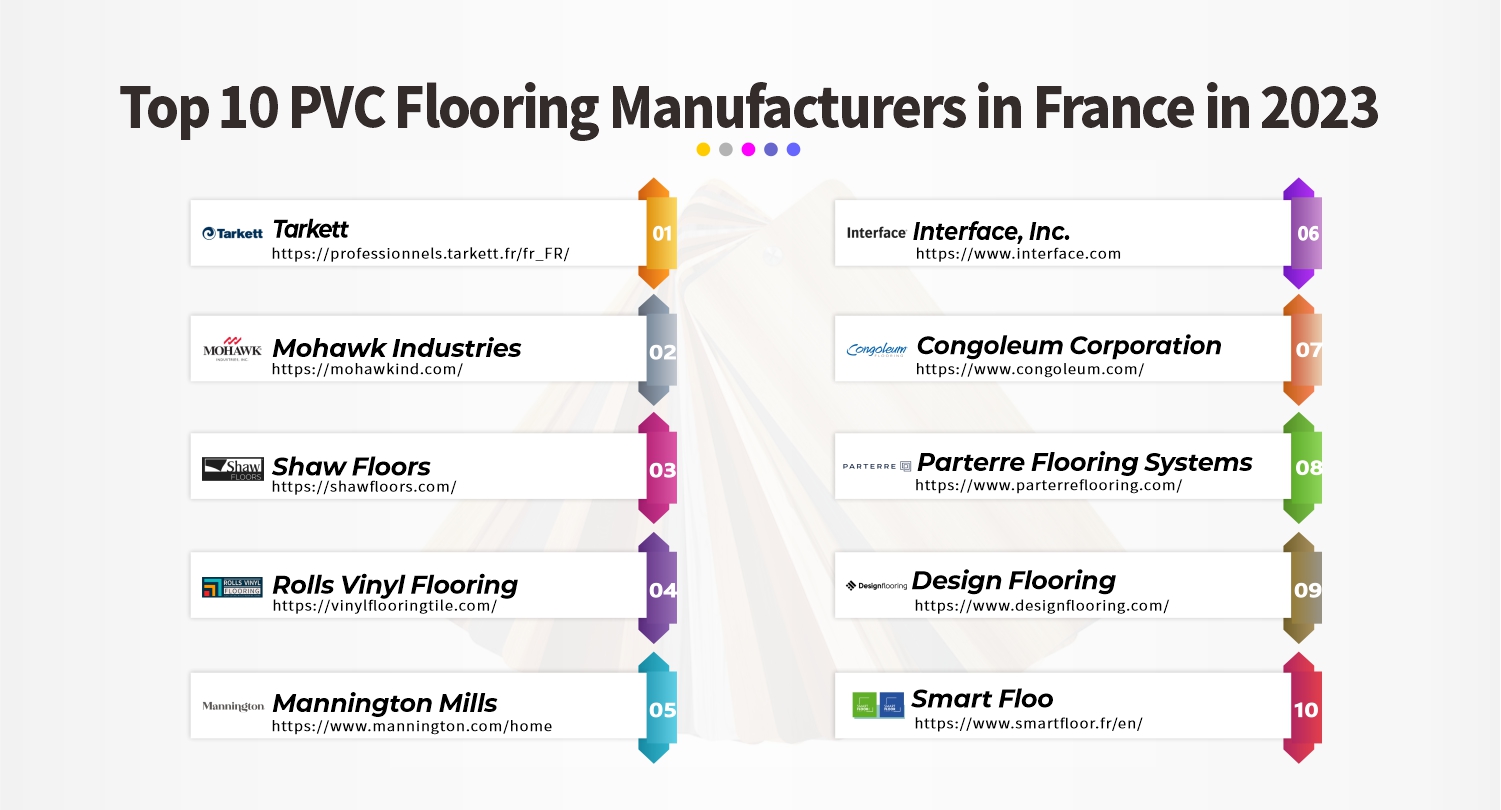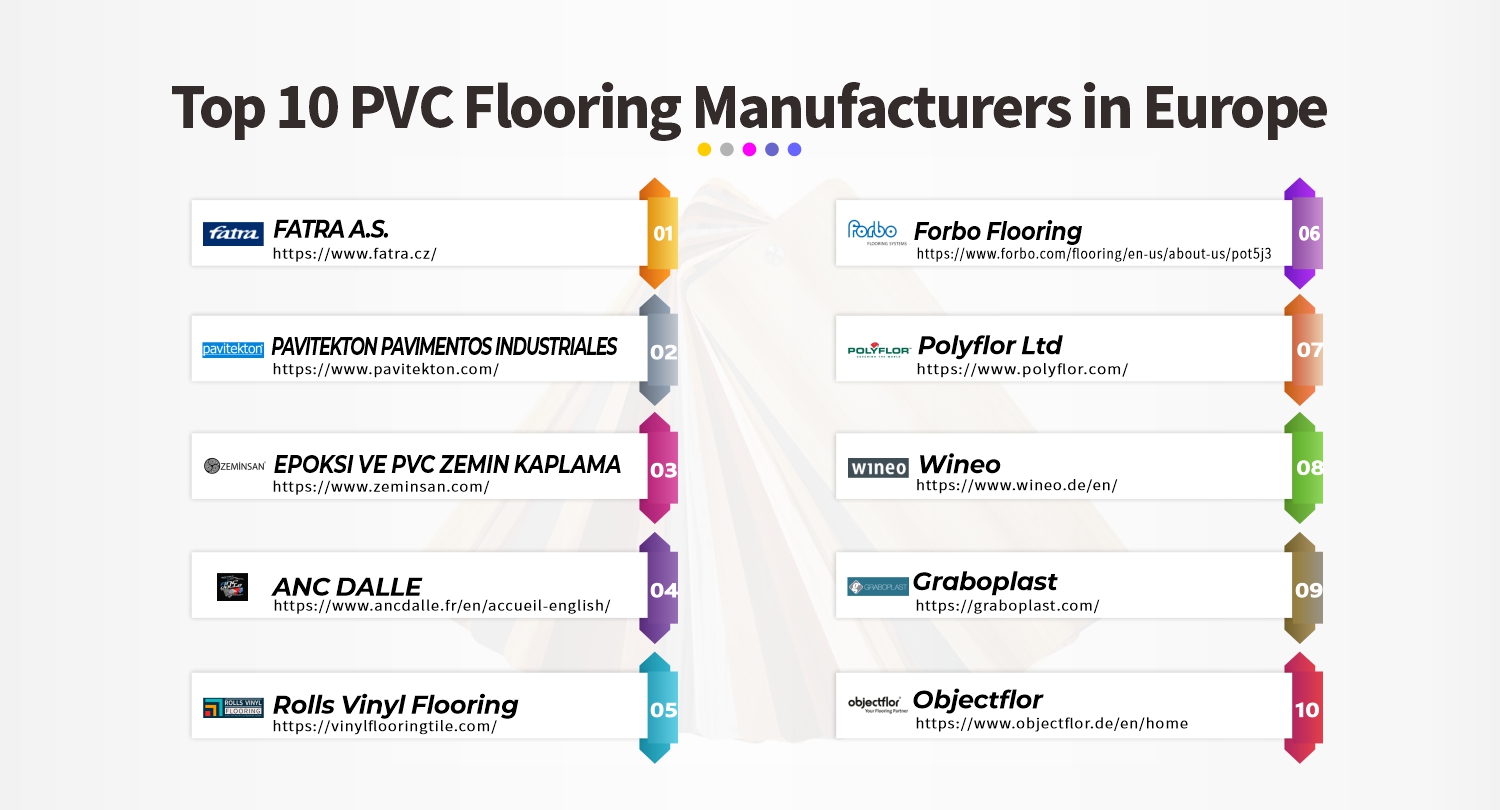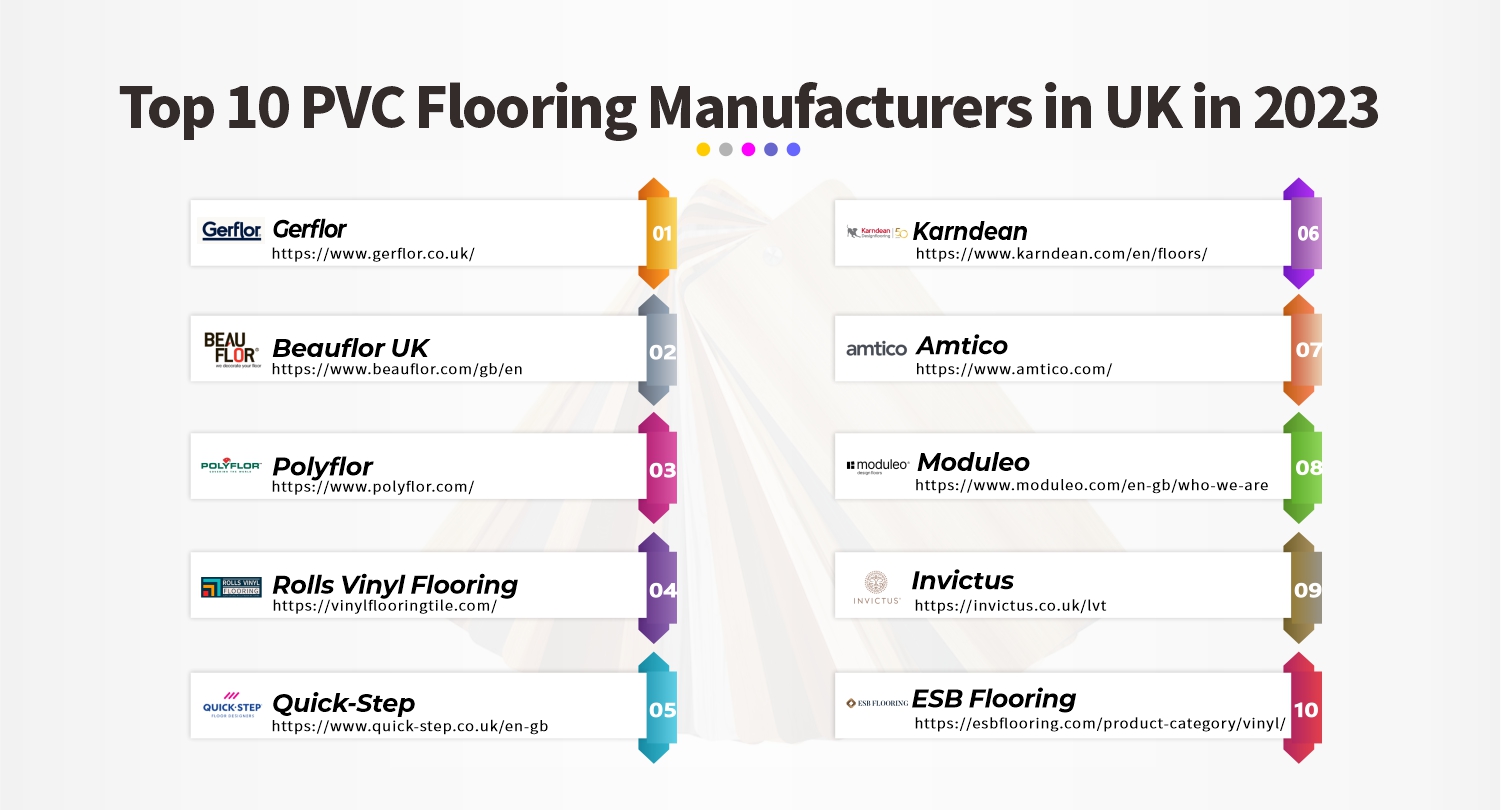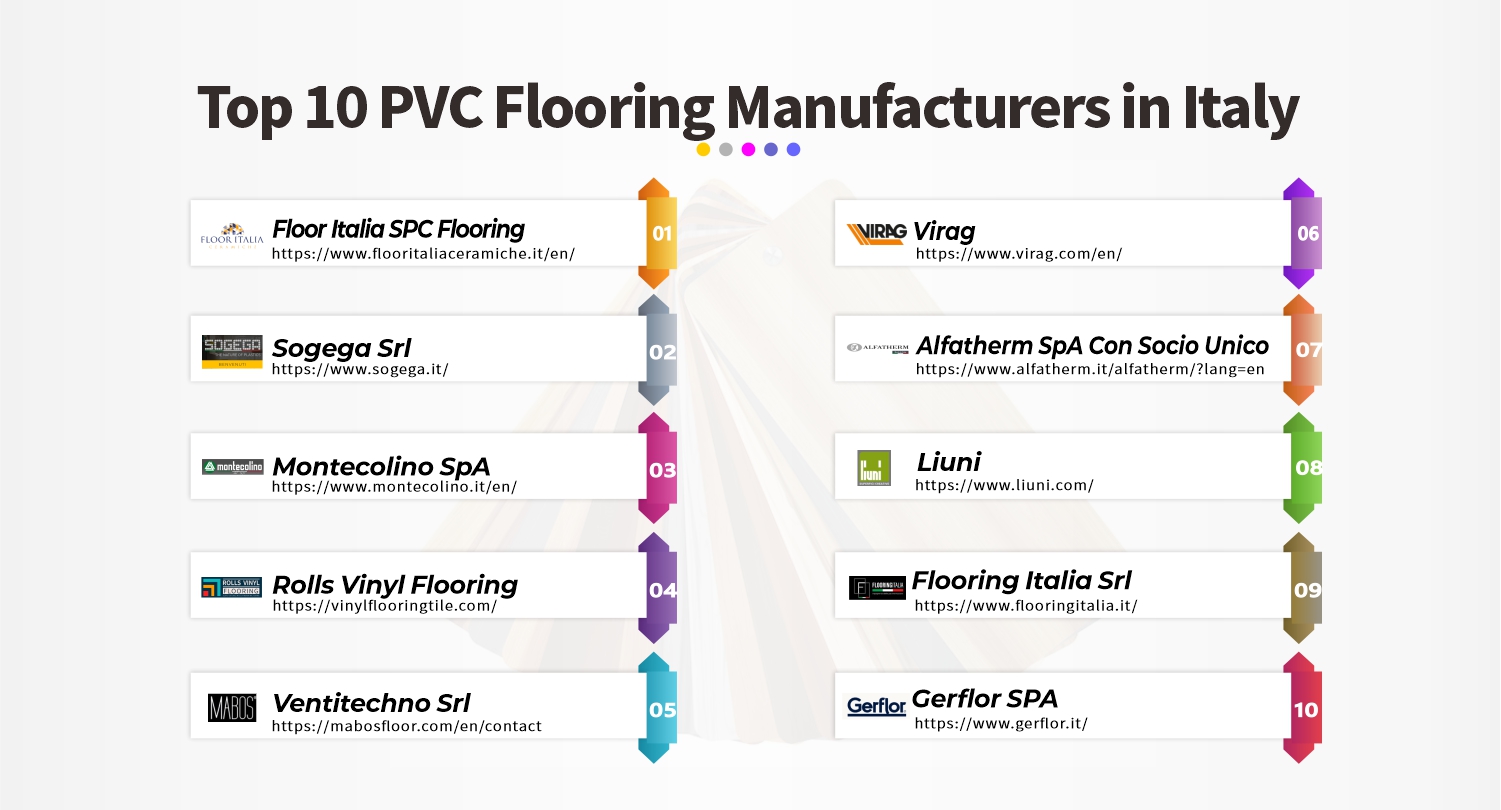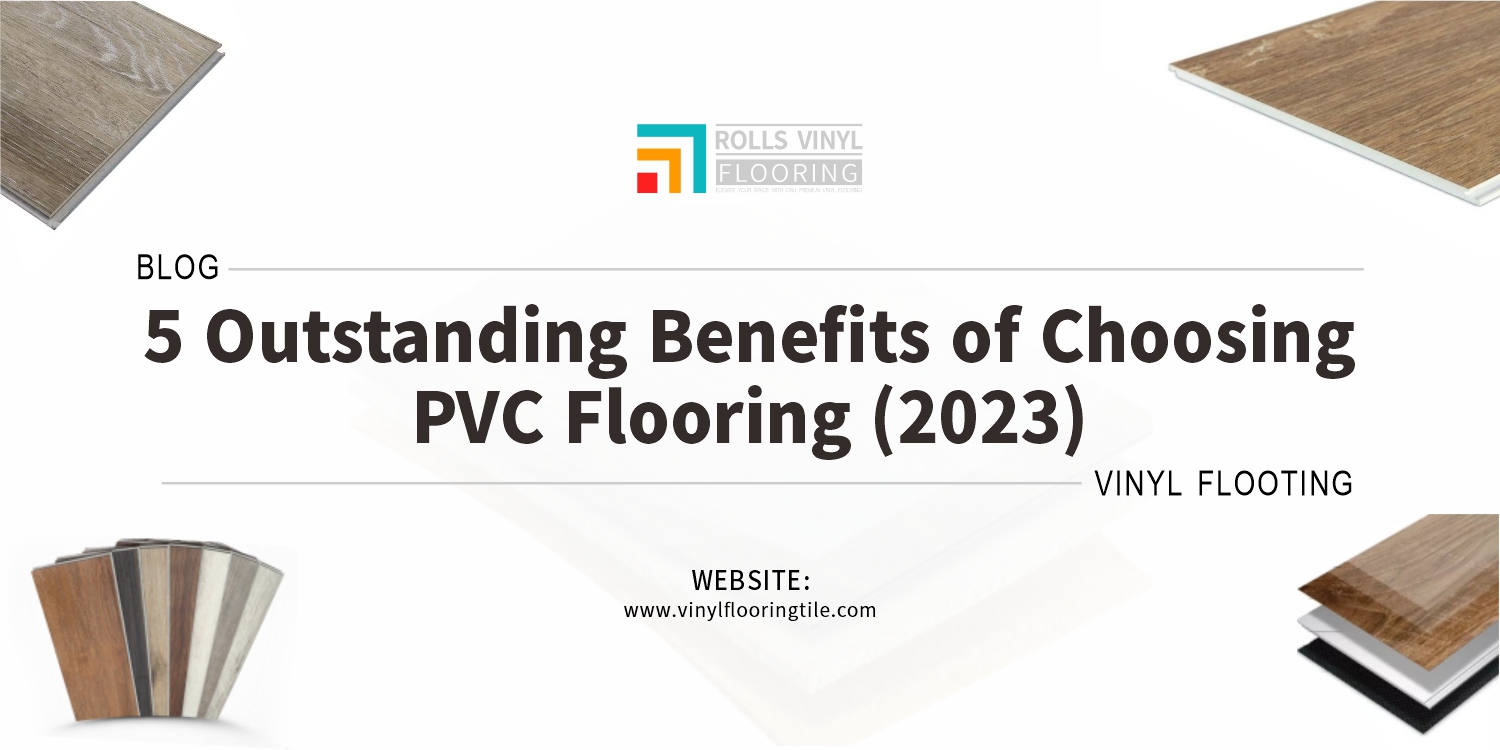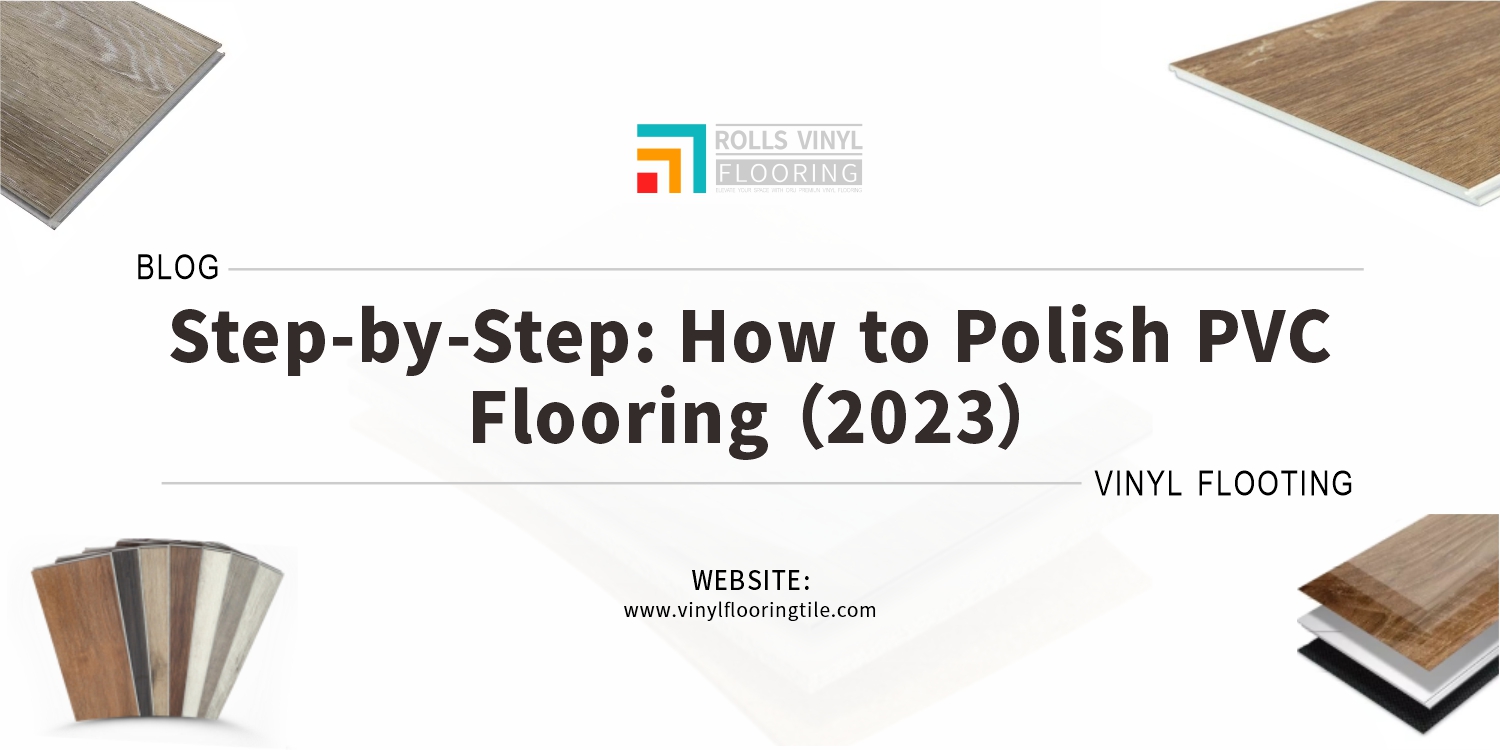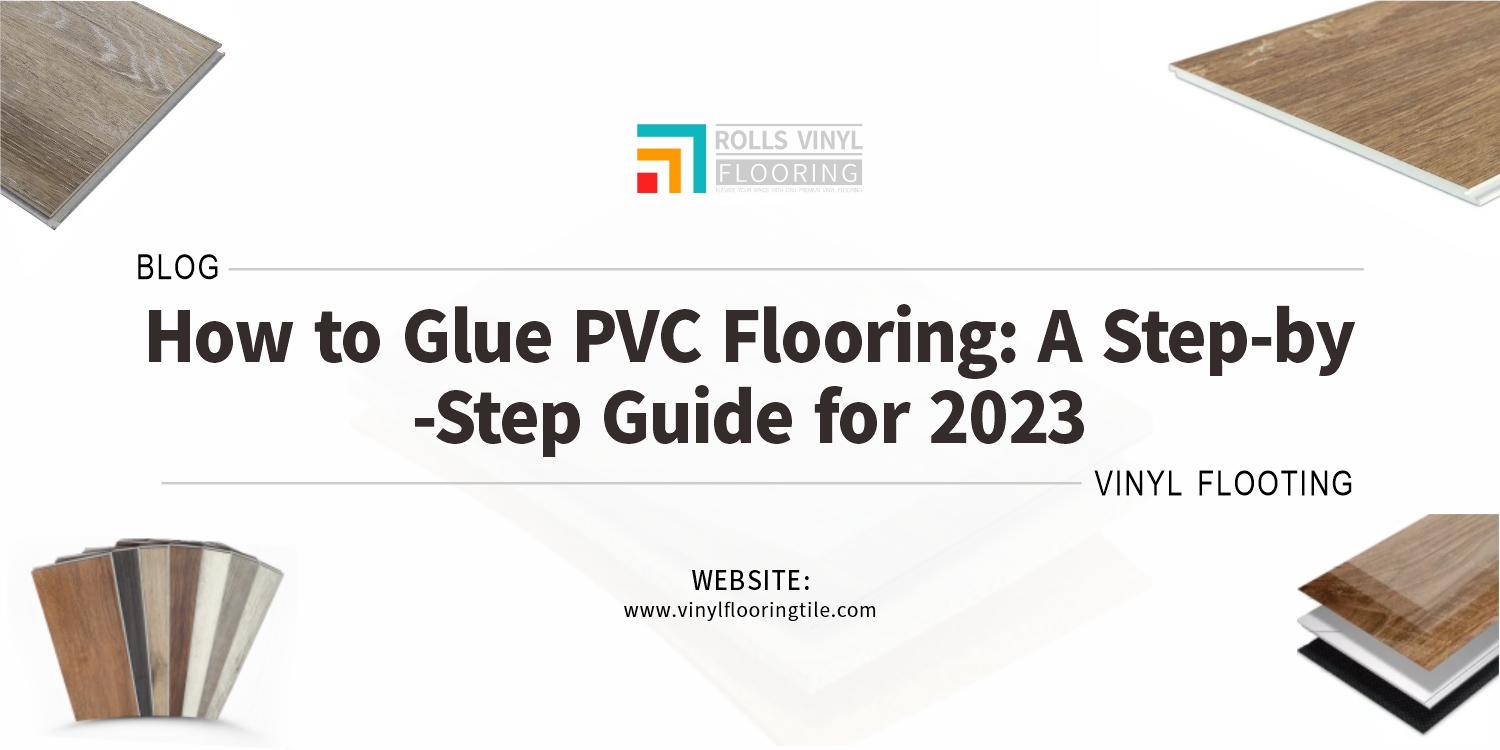Are you currently constructing a gym and searching for the ideal flooring option? Go no further than vinyl flooring, which combines style, safety, and durability. So how can you choose the best alternative for your particular requirements when there are so many on the market? Our comprehensive guide will walk you through all you need to know to make an informed decision and select the best vinyl flooring for your gym in this situation. So whether you’re a gym owner or a fitness fanatic, keep reading to learn the important things to take into account while choosing the ideal vinyl flooring for your room.

When choosing vinyl flooring for a gym, there are several key factors to consider:
- Durability: The floor covering must be strong enough to endure high loads, machinery, and foot activity without displaying signs of wear and tear. Look for vinyl flooring that is designed specifically for commercial use and has a wear layer of at least 20 mils.
- Safety: The flooring should be slip-resistant to prevent accidents and injuries. Look for vinyl flooring that has a textured surface or a slip-resistant coating.
- Maintenance: The flooring should be easy to clean and maintain. Look for vinyl flooring that is resistant to stains, moisture, and mildew.
- Comfort: The flooring should provide a comfortable surface for exercises like yoga, stretching, and floor exercises. Look for vinyl flooring that has a cushioned backing or can be paired with a separate underlayment.
- Style: The flooring should match the overall aesthetic of the gym and contribute to a motivating atmosphere. Look for vinyl flooring that comes in a variety of colors and designs to suit your specific needs.
- Cost: The flooring should fit within your budget without compromising on quality or safety. Look for vinyl flooring that is priced competitively but still meets all of your requirements.
You may choose the vinyl flooring that will improve the security, use, and beauty of your gym by taking these elements into account.
In our ultimate guide on how to choose the right vinyl flooring for your gym, we cover everything you need to know to make an informed decision. We delve into the crucial elements to take into account, such as cost, comfort, style, upkeep, comfort, and durability, so that you can discover the ideal vinyl flooring that satisfies your particular requirements. In order to keep your vinyl flooring in peak shape for many years to come, we also offer maintenance advice.
The importance of choosing the right flooring for your gym
Choosing the correct flooring selection for your gym is crucial for a number of reasons:
- Safety: The proper gym flooring offers a non-slip surface to lower the danger of damage from falls and slips. Moreover, it helps lessen the stress on joints by absorbing shock.
- Durability: Gym floors are subjected to heavy equipment, heavy foot traffic, and intense workouts, so they need to be durable enough to withstand wear and tear. Choosing the right flooring can help minimize the need for repairs or replacements.
- Hygiene: To avoid the accumulation of bacteria, perspiration, and other debris, gym flooring must be simple to clean and maintain. A clean training environment can be encouraged and the spread of germs can be stopped with the right flooring.
- Noise Reduction: Loud noises from heavy equipment and weight drops can be disturbing to other people in the gym or neighboring rooms. Choosing the right flooring can help minimize noise and provide a more pleasant environment.
- Aesthetics: The flooring you choose can impact the overall look and feel of your gym. The right flooring can create a professional, inviting, and motivating atmosphere that can help attract and retain members.
Overview of the benefits of vinyl flooring

Due to its many advantages, vinyl flooring is a popular choice for both home and business areas. The following are some of vinyl flooring’s main benefits:
- Durability: Vinyl flooring is a great option for business settings because it is incredibly durable and can tolerate significant foot traffic. It is perfect for spaces like kitchens and bathrooms since it is scratch, stain, and moisture resistant.
- Minimal upkeep: Vinyl flooring is simple to keep clean. It does not require waxing or polishing, and spills can be wiped away with a damp cloth.
- Versatility: Vinyl flooring comes in a broad variety of hues and designs, including imitations of hardwood, stone, and tile. This allows for endless design possibilities and can help create a cohesive aesthetic throughout a space.
- Long durations of standing or walking are made comfortable by the velvety feel of vinyl flooring. Moreover, it has some sound-absorbing qualities that may help lower noise levels in a space.
- Affordability: Vinyl flooring is comparatively inexpensive when compared to other flooring options, making it a great option for individuals on a tight budget.
All things considered, vinyl flooring is a useful, adaptable, and cost-effective alternative for people searching for a strong, low-maintenance flooring option that can endure heavy foot traffic and spills.
Considerations When Choosing Vinyl Flooring for Your Gym
Durability and wear resistance
Vinyl flooring is a great option for gym floors because of its extreme durability and resistance to wear. Here are a few factors that make vinyl flooring a fantastic choice for gym flooring:
- Vinyl flooring has a hard surface that can handle large loads, machinery, and foot traffic. It is a great option for gym flooring because it is also resistant to dents, scratches, and scuffs.
- Vinyl flooring has a moisture resistance that makes it simple to clean and maintain. It is a durable alternative for gym flooring as it can endure spills and dampness without warping, buckling, or degrading.
- Impact resistance: Vinyl flooring has some impact resistance, which means it can absorb shock and reduce the impact on joints. This makes it a good option for high-impact workouts such as weightlifting or aerobics.
- Simple to maintain: Vinyl flooring is simple to keep clean. It is the perfect choice for gym flooring since it can be swept, vacuumed, or mopped.
- Versatility: Vinyl flooring comes in a broad variety of hues and designs, including imitations of hardwood, stone, and tile. This opens up countless design options and can aid in establishing a consistent appearance throughout a gym.
Shock absorption and impact resistance
Vinyl flooring has some shock absorption and impact resistance properties that make it a good choice for gym flooring. Here’s how vinyl flooring absorbs shock and reduces impact:
- Cushioning: Vinyl flooring has some cushioning properties due to its flexible and pliable nature. When someone steps or jumps on vinyl flooring, it can compress slightly, which helps absorb some of the shocks and reduce the impact on joints.
- Vinyl flooring is available in a range of thicknesses; the thicker versions offer more cushioning and stress absorption. In order to give greater support and lower the risk of damage from high-impact workouts, gym flooring frequently features a thicker vinyl covering.
- Resilience: Vinyl flooring is resilient, which means it can bounce back from the impact and return to its original shape. This resilience helps reduce the force of impact on joints and bones, making it a safe and comfortable option for gym flooring.
- Underlayment: In some cases, a separate underlayment material can be installed beneath the vinyl flooring to enhance its shock absorption and impact resistance properties. This can provide an additional layer of cushioning and support, especially in high-impact areas such as weightlifting zones.
Slip resistance and traction
Vinyl flooring can provide slip resistance and traction, which is important in gym flooring to reduce the risk of slips, falls, and injuries. Here’s how vinyl flooring can improve slip resistance and traction:
- Surface texture: Vinyl flooring can have different surface textures, such as embossed or raised patterns, that provide additional grip and traction. These textures can create a non-slip surface that is safe to walk or run on, even when wet.
- Coating: Some vinyl flooring options come with a specialized coating that provides extra slip resistance. This coating creates a rougher surface that helps increase friction, which makes it easier to maintain balance and prevent slips and falls.
- Underlayment: The vinyl flooring’s subflooring’s traction and slip resistance may be affected. Some underlayment materials have anti-slip properties that provide additional grip and support, especially in areas that are prone to water or moisture.
- Maintenance: Proper maintenance of vinyl flooring can also help improve slip resistance and traction. Regular cleaning can help remove dirt, debris, and other substances that can make the surface slippery and unsafe.
Easy to clean and maintain
For a number of reasons, vinyl flooring is simple to maintain and clean:
- Vinyl flooring has a smooth, impermeable surface that prevents dirt and moisture from penetrating. This makes it easy to wipe clean and stain- and spill-resistant.
- Vinyl flooring is extremely moisture resistant, making it simple to wipe up spills and preventing water damage.
- Vinyl flooring is incredibly resilient and can tolerate high foot traffic as well as repeated cleanings without displaying indications of wear and tear.
- Minimal upkeep: Vinyl flooring doesn’t need to be waxed or polished, making it simple to clean and maintain without the use of pricey cleaning supplies or machinery.
- Vinyl flooring is extremely stain-resistant, making it simple to wipe up spills and accidents fast without doing any lasting harm.
- Simple to install: As vinyl flooring is simple to install, it can be swiftly and discretely replaced or repaired without affecting the way the room functions.
Cost and budget considerations
When considering vinyl flooring, there are several cost and budget factors to take into account. Here are some of the key considerations:
- Cost of the material: Vinyl flooring costs vary according to the material’s quality, thickness, and design. Although more expensive, higher-end vinyl flooring solutions are frequently more robust and long-lasting.
- Installation cost: The cost of installation will depend on factors such as the size of the space, the complexity of the installation, and whether or not any existing flooring needs to be removed. Professional installation is recommended to ensure that the flooring is properly installed and to avoid any issues down the line.
- Maintenance cost: While vinyl flooring is relatively low maintenance, there may be some costs associated with upkeep over time. This includes cleaning supplies, occasional repairs, and replacement of damaged sections.
- Life expectancy: With the right upkeep and care, vinyl flooring can endure up to 20 years. The long-term cost-effectiveness of vinyl flooring can be determined by taking into account the expected life of the flooring.
- Budget: Setting a budget is important when considering any flooring option. As compared to other flooring options like hardwood or tile, vinyl flooring is frequently a more affordable alternative, making it a great choice for individuals on a tight budget.
Types of Vinyl Flooring for Gyms

Rolled vinyl flooring
Large rolls of rolled vinyl flooring are a form of flooring that can be up to 100 feet long and 6 feet wide. It is a strong, flexible, and resilient flooring solution produced from a mix of vinyl and other elements like fiberglass or polyester.
Rolled vinyl flooring is offered in a variety of hues, designs, and materials, including alternatives that resemble stone, tile, or hardwood. In accordance with the particular product and installation requirements, it can be installed with or without adhesive.
Rolling vinyl flooring is one of the key advantages since it is quite simple to install, particularly for people without much DIY knowledge. It can be tailored to fit any area, making it an excellent choice for rooms with complex layouts or odd shapes. Rolled vinyl flooring is also highly durable and resistant to scratches, stains, and moisture, making it a great choice for high-traffic areas and spaces that are prone to spills.
Vinyl tiles
Vinyl tiles are a type of flooring material that is made from a combination of vinyl and other materials such as fiberglass or resin. They come in individual square or rectangular tiles, typically measuring 12 inches by 12 inches or 18 inches by 18 inches, and are available in a range of colors, patterns, and textures, including options that mimic the look of hardwood, tile, or stone.
Vinyl tiles are a popular flooring option due to their durability, ease of installation, and low maintenance requirements. They are relatively easy to install and can be laid directly over existing flooring in many cases. Vinyl tiles can also be easily replaced if one becomes damaged or worn, without the need to replace the entire floor.
One of the main benefits of vinyl tiles is their water-resistant and stain-resistant properties, which makes them ideal for use in high-moisture areas such as bathrooms and kitchens. They are also highly durable and resistant to scratches, making them a great choice for high-traffic areas.
Interlocking vinyl tiles
Interlocking vinyl tiles are a type of vinyl tile that has a locking mechanism on each tile edge, allowing them to be joined together without the need for adhesive. This locking mechanism creates a tight and secure fit between the tiles, creating a seamless flooring surface.
Interlocking vinyl tiles are available in a range of colors, patterns, and textures, including options that mimic the look of hardwood, tile, or stone. They can be used in a variety of applications, including residential, commercial, and industrial spaces.
One of the main benefits of interlocking vinyl tiles is their ease of installation. They can be installed by snapping the tiles together like puzzle pieces, eliminating the need for adhesive and reducing installation time and costs. Interlocking vinyl tiles can also be easily removed and replaced if one becomes damaged or worn, without the need to replace the entire floor.
Sheet vinyl flooring
Large rolls of sheet vinyl flooring, which can be 6 to 12 feet wide and up to 100 feet long, are available. It is a strong, flexible, and resilient flooring solution produced from a mix of vinyl and other elements like fiberglass or polyester.
There are many different shades, designs, and textures of sheet vinyl flooring to choose from, including those that resemble stone, hardwood, or tile. In accordance with the particular product and installation requirements, it can be installed with or without adhesive.
The seamless surface that sheet vinyl flooring offers without seams or grout lines is one of its key advantages. This makes it perfect for areas like hospitals or classrooms that need a continuous, uninterrupted surface.
Choosing the Right Thickness and Density
When choosing the right thickness and density of vinyl flooring for a gym, there are several factors to consider. Here are some key factors to keep in mind:
- Gym activities: The type of gym activities that will be performed on the flooring will impact the thickness and density needed. High-impact activities such as weightlifting or running require thicker and denser vinyl flooring to provide support and absorb shock.
- Equipment: The weight and type of equipment that will be used in the gym will also impact the thickness and density needed. Heavy equipment such as weight machines or treadmills requires thicker and denser vinyl flooring to prevent damage to the subfloor and reduce noise.
- Subfloor: The type and condition of the subfloor can impact the thickness and density needed. If the subfloor is uneven or prone to movement, thicker and denser vinyl flooring can help create a more stable and level surface.
- Durability: A thicker and denser vinyl flooring is often more durable and longer-lasting, making it a better investment in the long run.
- Budget: A thicker and denser vinyl flooring typically comes at a higher cost, so it’s important to balance the budget with the desired level of thickness and density.
Installation and Maintenance
The installation process for vinyl flooring in gyms
- Before laying vinyl flooring, the subfloor needs to be clean, dry, and level. To provide a smooth and level surface, the subfloor might need to be sanded, smoothed, or restored.
- Vinyl flooring that isn’t the right size for the gym might be cut to match the area by taking measurements and doing so. Make sure to provide a thin space around the room’s perimeter to accommodate expansion and contraction.
- Lay out the vinyl flooring: Lay out the vinyl flooring in the gym to ensure a proper fit and make any necessary adjustments.
- Install the vinyl flooring: Depending on the specific type of vinyl flooring, installation may involve using an adhesive or interlocking the tiles or planks together. Follow the manufacturer’s instructions for proper installation.
- Trim the edges: Once the vinyl flooring is installed, trim the edges to fit the room using a utility knife or a specialized flooring trim tool.
- Seal the seams: If necessary, seal the seams of the vinyl flooring with a seam sealer to prevent moisture from seeping between the tiles or planks.
- Allow the flooring to settle: After installation, allow the vinyl flooring to settle for some time before allowing foot traffic or placing heavy equipment on it.
Maintenance and cleaning tips for vinyl flooring in gyms
- Regularly sweep or vacuum the area to maintain it clean since dirt, dust, and other debris can scratch or dull the surface of vinyl flooring.
- Cleaning vinyl flooring using a damp mop or cloth will help you get rid of spills, stains, and other sorts of debris. Avoid using harsh cleaning agents or scrubbing pads since they can harm the surface.
- Employ mild cleaning agents: To clean the flooring, use light cleaning agents like soap and water, vinegar and water, or commercial vinyl floor cleaners. Avoid using harsh cleansers or products that contain bleach or ammonia as they may damage the surface.
- Clear up spills right away: In order to protect the flooring, spills, and stains should be cleaned up right away. After absorbing any liquids with a clean cloth or mop, use a moderate cleaning solution to scrub the surface clean.
- Avoid high-heat cleaning methods: Avoid using high-heat cleaning methods such as steam cleaning, as these can damage the flooring.
- Place mats or rugs in high-traffic areas: Placing mats or rugs in high-traffic areas such as entryways or under equipment can help prevent scratches and wear on the flooring.
- Avoid dragging heavy equipment: Heavy equipment should be lifted and placed on the flooring rather than dragged, which can scratch or damage the surface.

It’s crucial to pick the proper vinyl flooring for your gym because it can affect the area’s longevity, comfort, and safety. By considering factors such as thickness and density, durability, maintenance requirements, and budget, you can select the right type of vinyl flooring to meet your needs.


